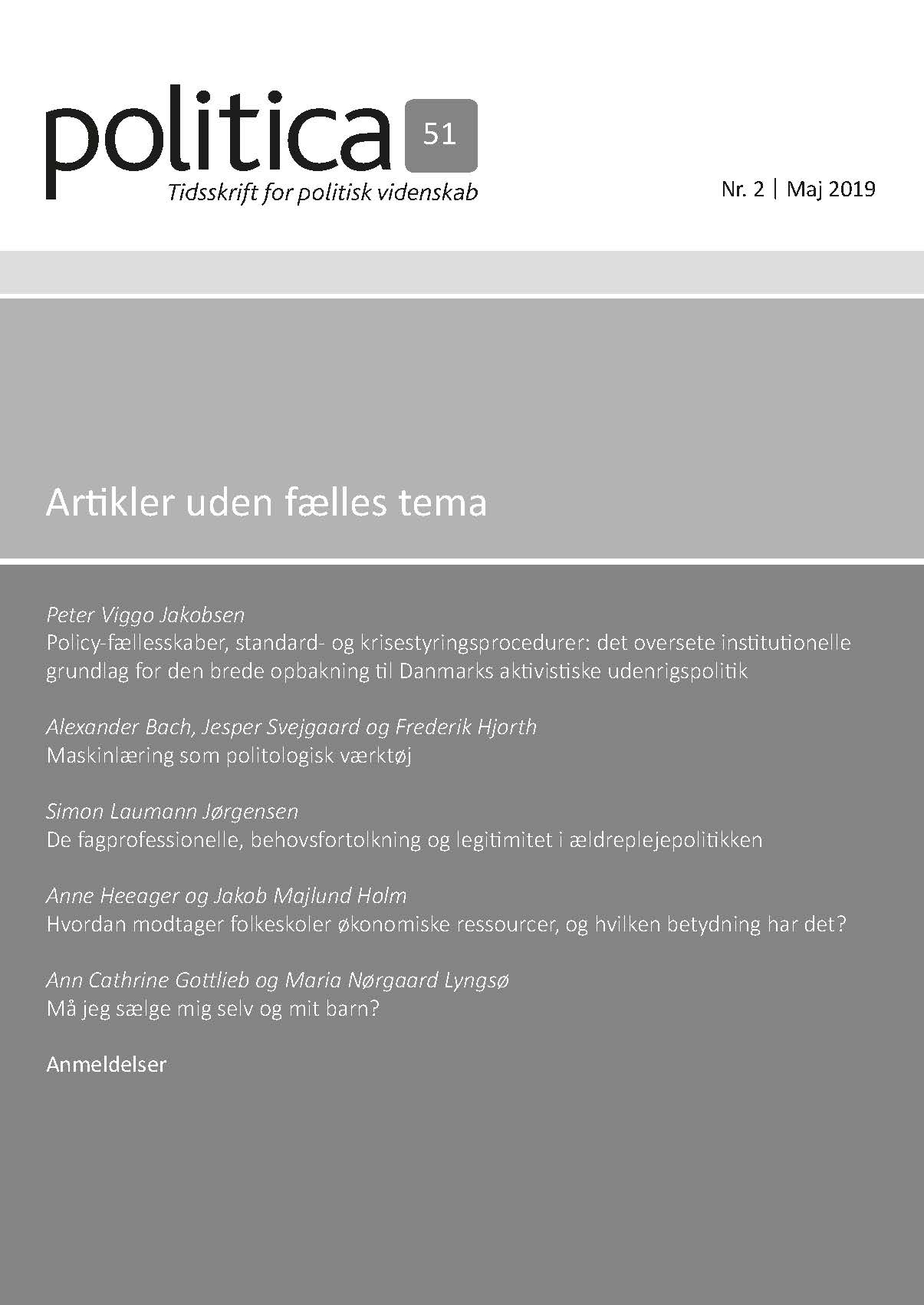How do primary schools receive financial resources, and does it matter?
DOI:
https://doi.org/10.7146/politica.v51i2.131153Resumé
Danish municipalities have autonomy to decide on how much it should cost to run the primary schools, and how financial resources should be distributed between schools with different types of students. In several municipalities, allocation of money to schools is based on information about the socioeconomic composition of students, which results in significant redistribution. While we know little about the effect of redistribution, a number of studies have looked at the importance of various economically far cheaper initiatives. This article bridges the two perspectives by developing a theoretically typology of economic investment and decision-making competence in primary schools and providing an overview of our knowledge about how to raise academic achievements by means of financial resources. Finally, the article discusses how we can learn more about the most ambitious investments. The article uses a unique dataset from Aarhus Municipality to examine the consequences of redistribution for 40 public schools and 13,237 children.
Publiceret
Citation/Eksport
Nummer
Sektion
Licens
LicensOphavsretten tilhører Politica. Materialet må ikke bruges eller distribueres i kommercielt øjemed.





